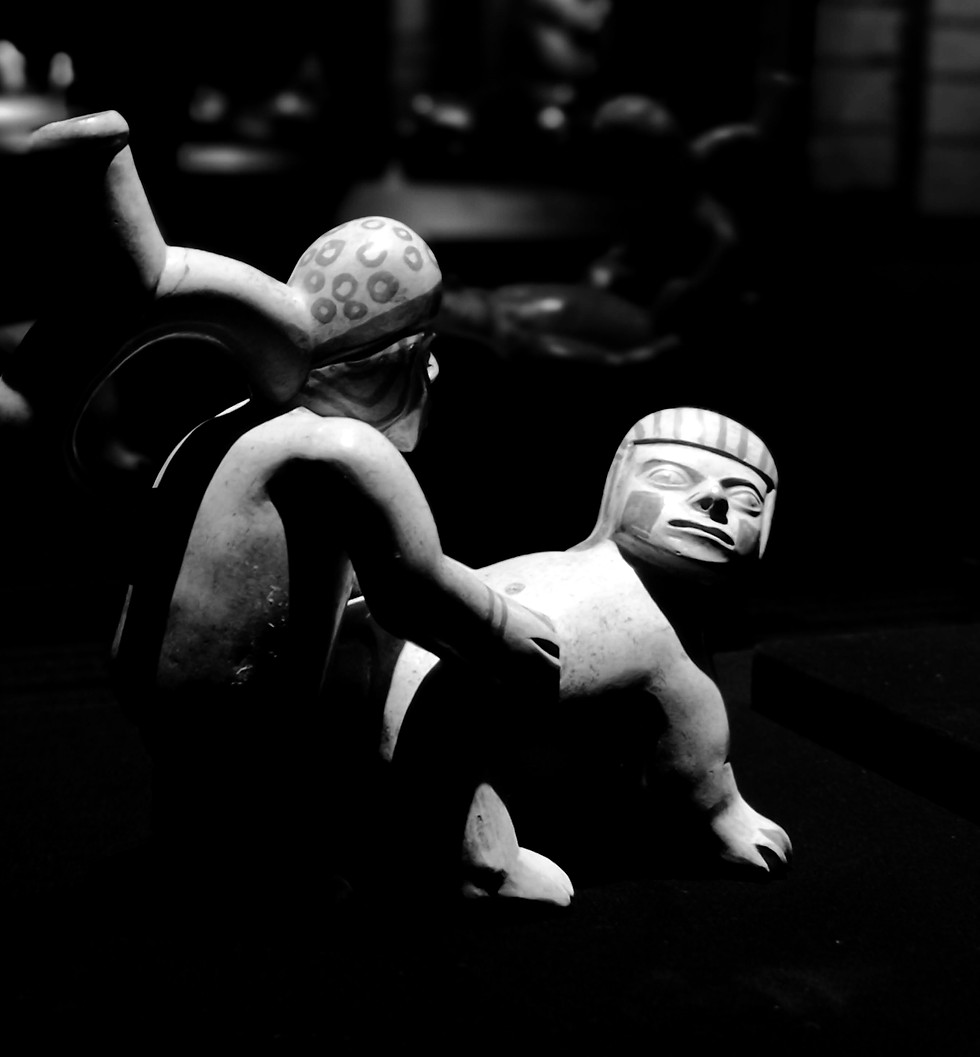Afternoon –
Barranco’s Rhythm
In the late 1800s, Lima had three seaside resorts: Miraflores, Chorrillos, and Barranco.
Only Barranco kept its charm—aristocratic mansions, tropical gardens, and children playing along the seawalk.
Spend the afternoon walking its narrow streets.
For a sensory break, head to El Cacaotal and Ciclos Café on Colina Street, where Amanda Jo Wildey and Felipe Aliaga—partners in life and in creation—curate tastings of coffee, cacao, and wine.
If you manage to secure a table at Virgilio Martínez’s Central, you may embark on a six-hour sensory journey through Peru’s ecosystems — a creative proposal that redefines the idea of dining as storytelling.
Yet the story doesn’t end there.
Around Barranco, other chefs compose their own narratives through state-of-the-art restaurants. Each one offers a different way to taste Lima’s complexity:
-
Kjolle by Pía León – Meticulously ethical and inventive plates, rooted in the biological and cultural diversity of Peru.
-
Mérito by Juan Luis Martínez – An eclectic assortment of South American ingredients in an intimate, minimalist space.
-
Siete by Ricardo Martins – Effortlessly elegant dining and cocktail pairings—like a European bistro reimagined with Peruvian ingredients.
-
Isolina by José del Castillo – Traditional Peruvian recipes served in a classic Peruvian taberna that feels both timeless and familiar.
Evening –
Barranco After Dark
As night falls, Barranco’s mood shifts from slow drift to electric hum.
Most of Barranco’s bars are set in restored mansions from the last century. Among them, Ayahuasca stands out for its astonishing architecture.
But you might note those addresses praised by locals.
For cocktails in a low-lit vinyl bar, Cordial works with Peru’s finest spirits and wines from Bodega Murga.
La Noche and La Vermut are favorites among locals—perfect for a beer or a negroni.
For dancing:
-
Victoria Bar – Latin beats and polished chaos.
-
Casa Bulbo – Indie and techno for night owls.
-
Culpa – A lively, inclusive space where Lima’s LGBTQ+ community dances and drinks freely.
Lunch –
A Culinary Crossroads in Miraflores
In an old working-class area of Miraflores, the past decade has seen a culinary revolution.
On La Mar Street—and the surrounding blocks—you’ll find a full spectrum of Peru’s gastronomic energy:
-
Mayta by Jaime Pesaque – Refined, contemporary Peruvian cuisine praised by international critics.
-
Matria by Arlette Eulert – A seasonal, soulful menu where the precision of fine dining meets the warmth of home cooking.
-
Awa by Aldo Yaranga – A genuine reinvention of Amazonian ingredients, expressed with artistic flair.
This area gained fame when two major figures of Peruvian cuisine opened their cevicherías here: Gastón Acurio with La Mar and Rafael Osterling with El Mercado.
Peru’s Japanese heritage is also present in this neighborhood: Sutorīto Māketto serves playful Peruvian-Japanese street food, while Kaia offers a sleek, casual take.
And because the Chinese community has been equally central to Peruvian food, Kion delivers dim sum and chifa classics in a modern,
comfortable space.

If yesterday you traced Lima’s colonial past, today you go further back—before the palaces and plazas—when the city was still a patchwork of temples built from sun-dried mud and cane: an improbable, man-made oasis where canals transformed the desert into a fertile garden. Many of those ancient waterways still irrigate Lima’s parks and avenues.
Morning –
Temples in the City
In Miraflores, Huaca Pucllana rises like a stepped monolith against the glass and concrete of the modern skyline. Climb its paths and the geometry of the past suddenly feels close.
If you’re looking for a quieter, more private experience, consider the lesser-visited and self-guided Huaca Mateo Salado in Pueblo Libre, or Huaca Huallamarca in San Isidro, where the echoes of ancient Lima carry on without the crowds.
Photographers will find endless compositions here—the play of light and shadow on adobe walls, the contrast between ruins and high-rises.
From here, head to Museo Larco in Pueblo Libre.
Its collection moves gracefully across centuries of Andean art: ceremonial vessels, intricate textiles, and gold pieces designed for the afterlife.
The building itself—a colonial mansion wrapped in bougainvillea—is worth the visit. And as if its main collection weren’t enough, the museum hosts an incredibly well-curated selection of ceramics exploring how ancient Peruvians understood sexuality.
It’s one of the most life-changing museum experiences you can have in Peru.
Temptation alert: the museum’s café sits in a lush courtyard garden. But for lunch, we’ll take you somewhere else entirely
Ancient
Temples,
New Kitchens
above the Pacific
Second Day in Lima, Peru - A Curated Itinerary
Navigating Peru's Complexity
Our Expert-Guided
Full-Day Discoveries

Part 1
Hispanic Lima
Small-groups of 6
4 hours of shared exploration
Museums, Temples & Art
All entries included
60€ / $65

Part 2
Andean Lima
Small-groups of 6
4 hours of shared exploration
Museums, Temples & Art
All entries included
60€ / $65
